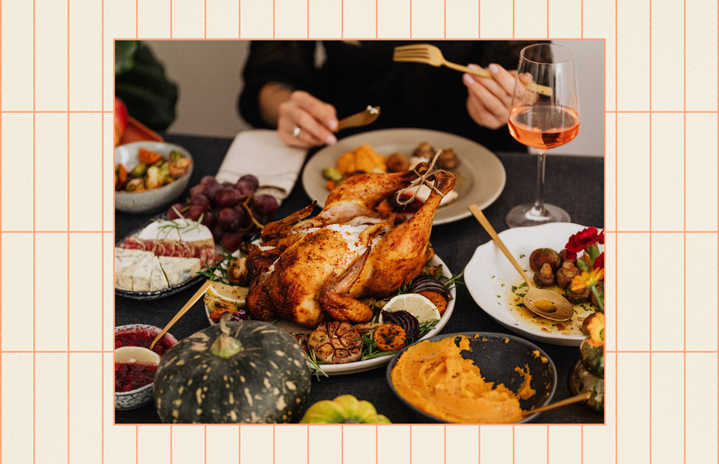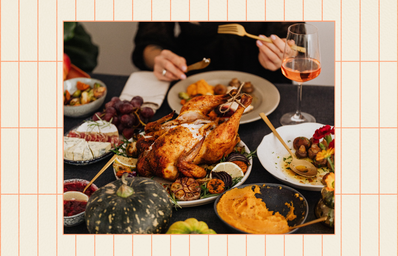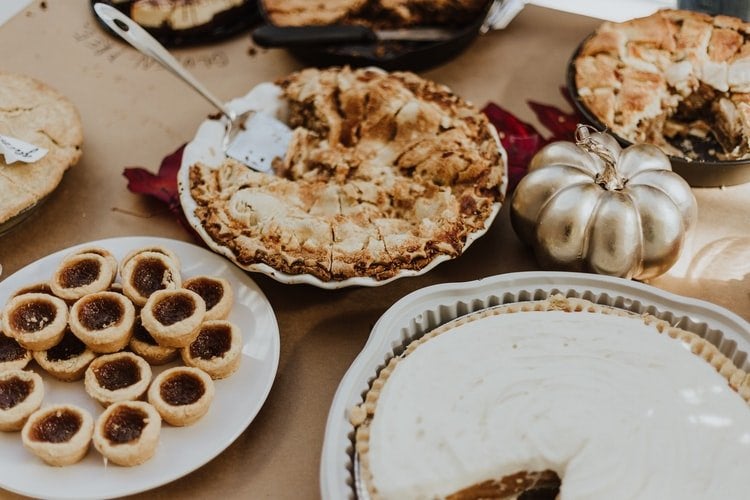As a child, Thanksgiving was a simple holiday filled with pumpkin pie, handprint turkeys and cartoon pilgrims. But as I’ve grown older, I’ve come to understand the history of this holiday and what atrocities hide behind all of the festivities. Thanksgiving is a time when we often reflect on how our nation began. When I was younger, the gruesome reality of theft and genocide was masked by stories of friendship between European settlers and Native Americans. Thanksgiving is largely celebrated as a patriotic holiday, but I’ve realized how twisted this is.
Unlike what our elementary schools taught us, the interactions between early settlers and the Native American tribe, the Wampanoags, were hardly peaceful. For instance, a year before the first Thanksgiving, the pilgrims raided Native American graves and storehouses, stealing corn because they had come to the country with little food. It’s true that there were some positive interactions between the two groups. Tisquantam, or “Squanto,” acted as a liaison and taught the pilgrims how to take advantage of surrounding resources. But even the handful of peaceful actions on the Native Americans’ part stands in stark contrast to the cruelty of the Europeans.
The Thanksgiving story we grew up with tends to omit many details. At first, they seem insignificant, but the details tell us a fuller story. For instance, the Native Americans didn’t bond with the pilgrims out of friendliness; rather, they bonded out of desperation. European explorers had already visited the land occupied by the Wampanoags and kidnapped some of their people to be slaves overseas. The tribe sought an alliance with the pilgrims for protection. The Thanksgiving story also casually skips over how Tisquantam knew English. Turns out, he learned English from being held in captivity in Spain and England.
What also isn’t mentioned in the traditional Thanksgiving story is how the alliance between the Wampanoags and the English quickly deteriorated. Eventually, conflict broke out because of the settler’s desire to expand their territory. This led to King Philip’s War of 1675-76, which resulted in the English taking Native American land and either killing Wampanoags or selling them into slavery. Unsurprisingly, the English trampled on the people who had helped their colonies thrive.
So, what does this all mean? I think Thanksgiving can be reframed as something better as we confront our nation’s history. It’s time that we make Native Americans a focal point of this holiday without sugarcoating what Europeans have done to steal and destroy their home.
Personally, Thanksgiving is a time for me to reflect on the origin of this nation. It’s a time for me to remember all of the suffering interlaced in the history of my home. For me, this isn’t a patriotic holiday where I feel proud of my country. Rather, I’m challenged to educate myself on not just what happened in the past but how the legacy of colonialism continues to affect different people. This doesn’t mean we can’t celebrate the other parts of the holiday that make it special. We can make Thanksgiving about gratitude without indulging in patriotism. We can celebrate community while remembering the true stories of those who were here before us.





